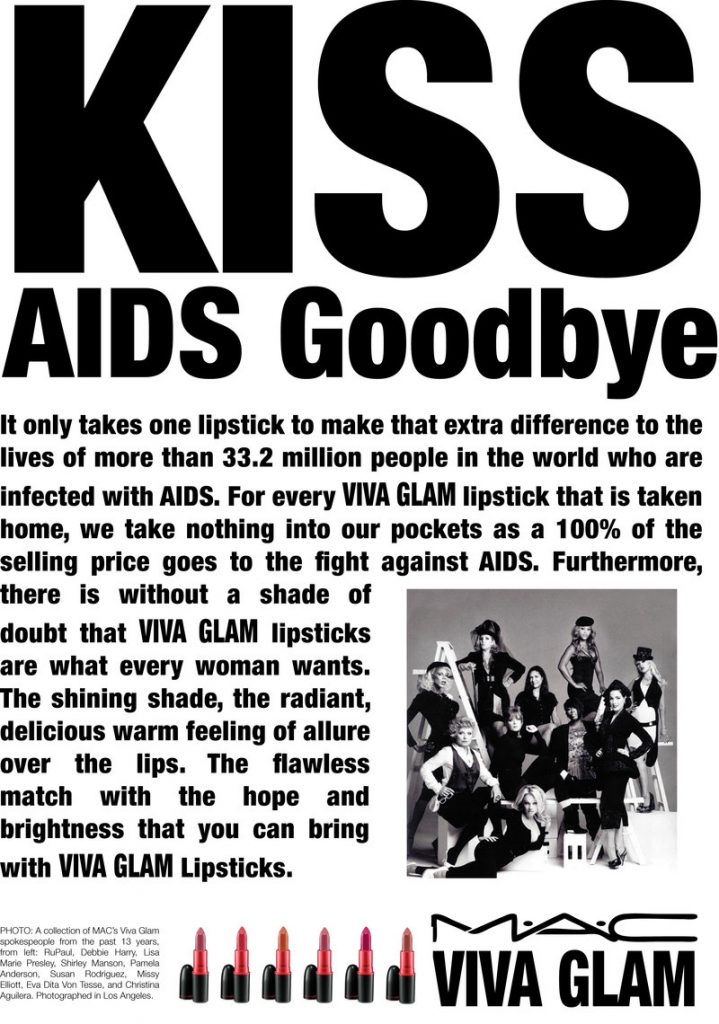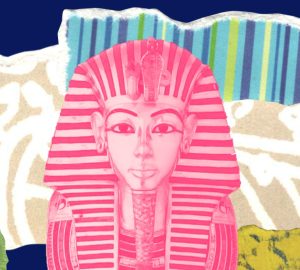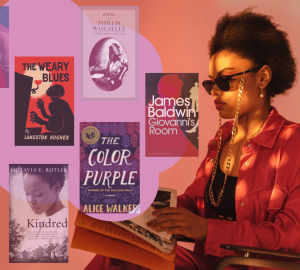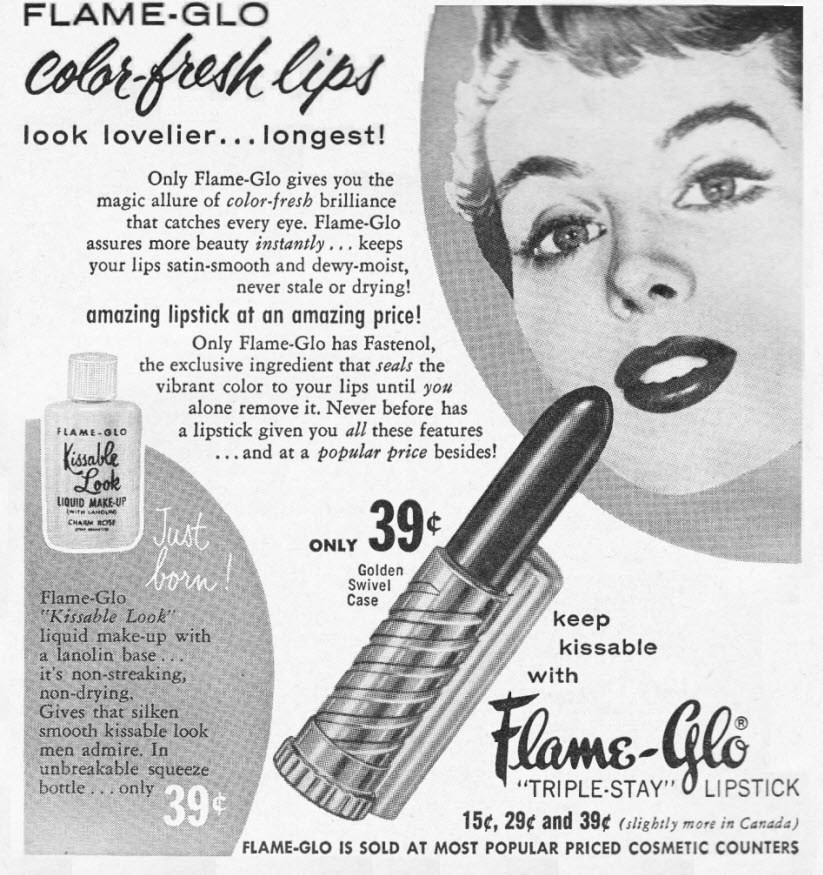
Lipstick is incredibly commonplace, with every possible color imaginable available on store shelves and online. It’s hard to go one day without some sort of interaction with the cosmetic, whether it’s in magazines or on co-workers. However, lipstick used to, and still is in some areas of the world, a divisive issue indicative of a society’s social and cultural climate.
Ur and Egypt
3500 BCE: The year historians believe lipstick was first invented in Mesopotamia. Both women and men would use ground-up gem dust to color their lips. Lipstick came to signify status rather than gender. Likewise, in Ancient Egypt, the elite wore lipstick daily. Popular colors included orange, blue-black, magenta and red, the color of choice for Queen Cleopatra.
Western Europe
1600s: The century that lipstick stopped being banned by the Christian church. The belief was that lipstick was associated with the Devil and his followers. Before this, lipstick was worn only by the lower class and prostitutes.
England 16th c.
1770: The year British Parliament proposed a bill that would aunull any marriage in which the female wore lipstick and other cosmetics before her wedding day. Although the law didn’t pass, there was an identical law in Pennsylvania that did.
20th Century
During the 20th century, lipstick became the symbol of femininity, a comparison still popular to this day. However, lipstick also symbolized societal and political freedom for women, in theory more so than practice.
1915: The year a bill criminalizing the use of lipstick for females younger than 44 was introduced in the Kansas state legislature. The bill, which was voted down, claimed that lipstick created a “false impression,” though the nature or reasoning of which was never mentioned.
50 million: The number of American women who wore lipstick in the 1920s.
3,000: The number of miles the tubes of lipstick bought could stretch, per year, calculated in the 1920s by an advertising agency.
1920: The decade in which lipstick was almost banned in New York. Many lipsticks contained lead and the NY Board of Health was worried that men would be poisoned by kissing their lipstick-wearing female counterparts.
1923: The year the now commonly-used swivel lipstick tube was invented.
1927: The year French chemist Paul Baudercroux invented “Rouge Baiser,” a kiss-proof lipstick that was later banned because it was so strong that it was too difficult to take off.
1930: The year the first lipgloss, created by Max Factor Company, was sold.
1: The number of cosmetic products exempted from rationing in Great Britain during WWII: lipstick. Winston Churchill allowed lipstick production to continue as usual because he believed it boosted morale.
1952: The year Queen Elizabeth II commissioned a personalized lipstick shade, a red-blue hue, for her coronation to match her outfit.
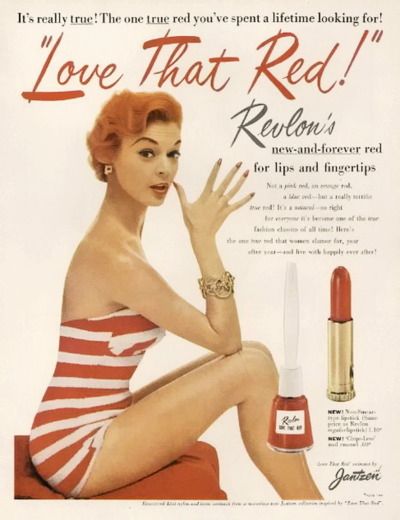

21st Century
2001: The year the term “lipstick index” was invented by Estee Lauder’s chairman of the board. During the recent recession, lipstick sales had risen 11 percent. The lipstick index is supposedly an economic indicator: the worse the economy, the higher the lipstick sales. However, this theory has been discredited.
17: The percentage in which “luxury” beauty products’ sales increased between 2008-2013, vs. only 8.3 percent by their cheaper drugstore counterparts.
100: The percentage of lipsticks found to contain lead by two different 2012 FDA investigations.
2013: The year that MAC’s “Ruby Woo” lipstick, created in 1999, was the best-selling shade in the United States due to its universally flattering blue-red shade.
120: The number of Vice Lipstick shades Urban Decay recently released, 20 of which are exclusive to Sephora.
400 million: The amount of money MAC has raised to fight HIV and AIDS through the sales of their MAC Viva Glam Line of lipsticks and lipglosses.
